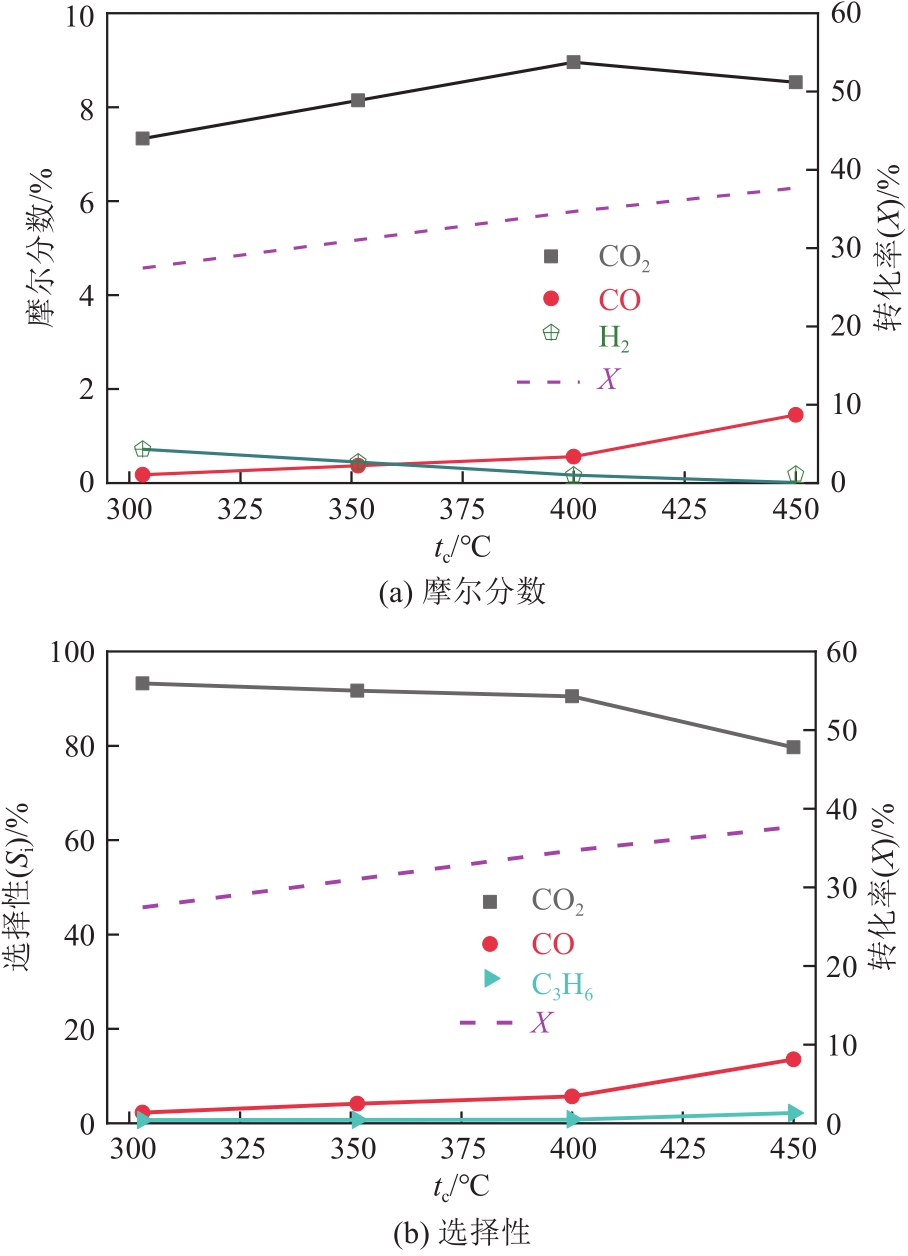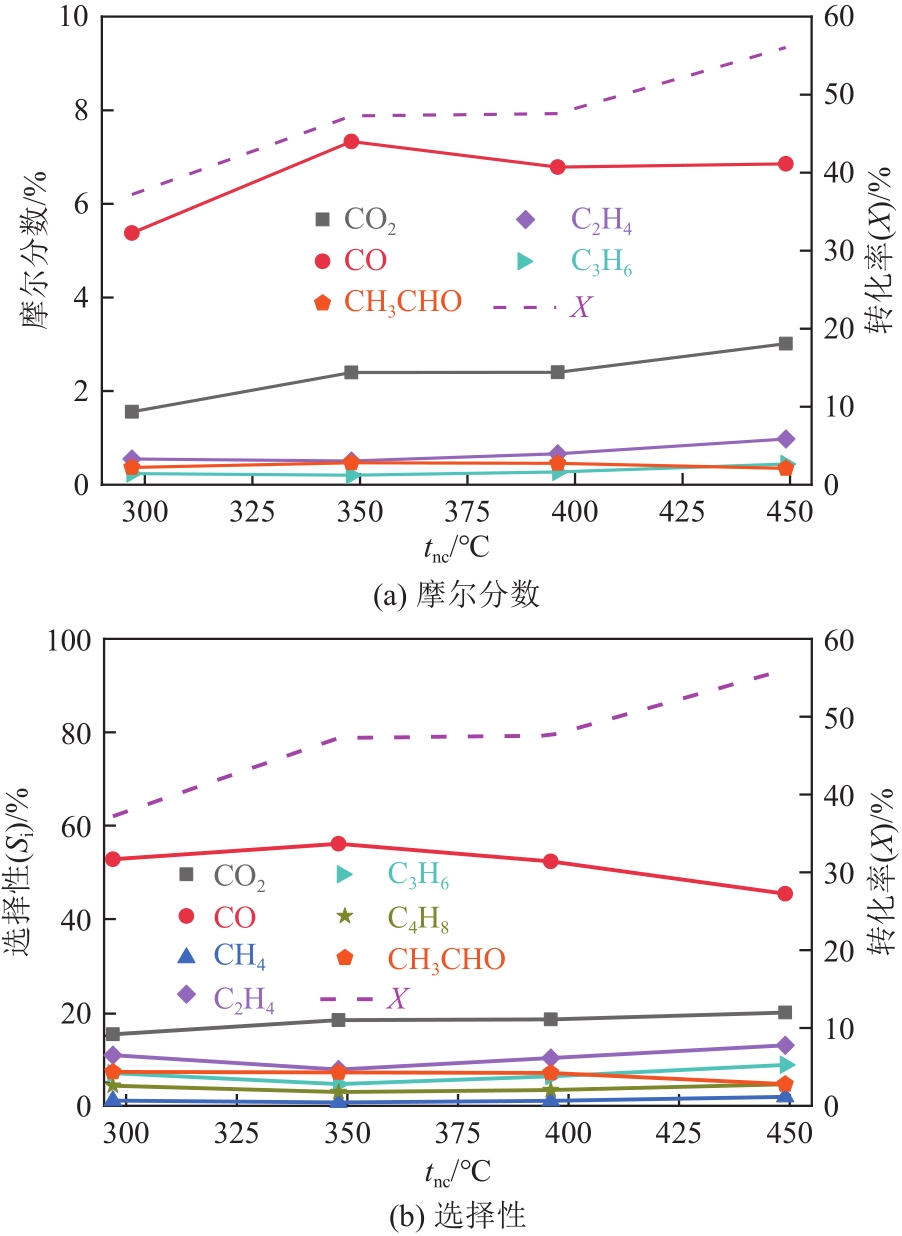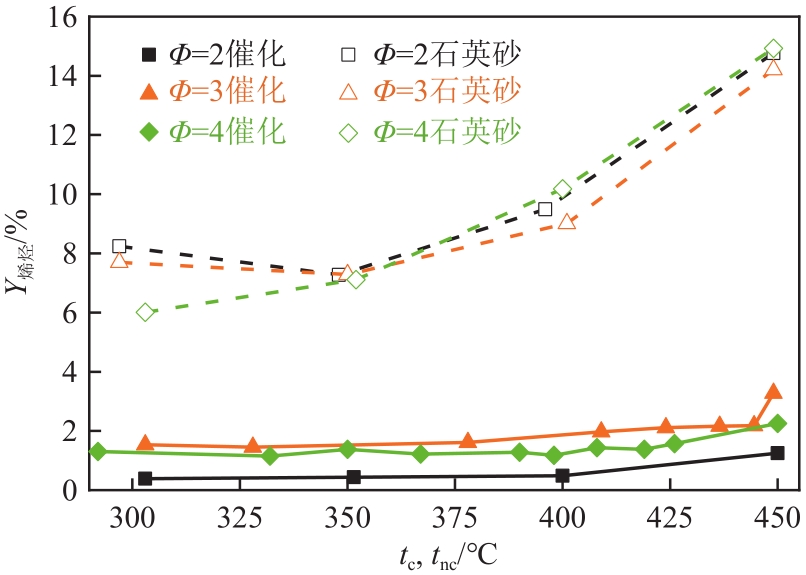| 1 |
周凌霄, 张天昊, 朱权. 基于快速冷却取样方法的正癸烷热裂解研究[J]. 热科学与技术, 2019, 18(6): 490-496.
|
|
ZHOU Lingxiao, ZHANG Tianhao, ZHU Quan. Investigation on thermal cracking of n-decane by an rapid cooling-sampling experimental method[J]. Journal of Thermal Science and Technology, 2019, 18(6): 490-496.
|
| 2 |
李国娜, 李春迎, 王渭娜, 等. 吸热型碳氢燃料正癸烷热裂解机理、热沉及产物分布的理论研究[J]. 燃料化学学报, 2013, 41(9): 1136-1145.
|
|
LI Guona, LI Chunying, WANG Weina, et al. Theoretical study on the mechanism, heat sink and product distribution for thermal decomposition of endothermic hydrocarbon fuel n-decane[J]. Journal of Fuel Chemistry and Technology, 2013, 41(9): 1136-1145.
|
| 3 |
黄世璋, 朱强华, 高效伟. 碳氢燃料在波纹管内的超临界裂解传热特性[J]. 推进技术, 2019, 40(1): 95-106.
|
|
HUANG Shizhang, ZHU Qianghua, GAO Xiaowei. Supercritical heat transfer characteristics of hydrocarbon fuel with pyrolysis in corrugated tubes[J]. Journal of Propulsion Technology, 2019, 40(1): 95-106.
|
| 4 |
SONG F L, WU Y, XU S D, et al. The impact of fuel ratio and refueling mode on pre-combustion cracking properties of RP-3 kerosene[J]. International Journal of Hydrogen Energy, 2020, 45(53): 28505-28519.
|
| 5 |
王占卫, 张香文, 米镇涛, 等. 超临界状态下正癸烷的催化裂解[J]. 石油化工, 2005, 34(6): 518-522.
|
|
WANG Zhanwei, ZHANG Xiangwen, MI Zhentao, et al. Supercritical catalytic cracking of n-decane[J]. Petrochemical Technology, 2005, 34(6): 518-522.
|
| 6 |
GONG C M, NING H B, XU J Q, et al. Experimental and modeling study of thermal and catalytic cracking of n-decane[J]. Journal of Analytical and Applied Pyrolysis, 2014, 110: 463-469.
|
| 7 |
HE Z F, JIAO Y, WANG J L, et al. Bi-functional composite oxides M(Na, K)-Ni/La-Al2O3 catalysts for steam reforming of n-decane[J]. Fuel, 2018, 212: 193-201.
|
| 8 |
YU Q W, JIAO Y, WANG W Q, et al. Catalytic performance and characterization of Ni-Co Bi-metallic catalysts in n-decane steam reforming: effects of Co addition[J]. Catalysts, 2018, 8(11): 518.
|
| 9 |
SUN D A, DU Y M, WANG Z X, et al. Effects of CaO addition on Ni/CeO2-ZrO2-Al2O3 coated monolith catalysts for steam reforming of n-decane[J]. International Journal of Hydrogen Energy, 2020, 45(33): 16421-16431.
|
| 10 |
YUAN Z M, ZHAO G J, ZHANG X, et al. Experimental investigation and correlations of thermophysical properties for bio-aviation kerosene surrogate containing n-decane with ethyl decanoate and ethyl dodecanoate[J]. The Journal of Chemical Thermodynamics, 2020, 150: 106201.
|
| 11 |
HONNET S, SESHADRI K, NIEMANN U, et al. A surrogate fuel for kerosene[J]. Proceedings of the Combustion Institute, 2009, 32(1): 485-492.
|
| 12 |
ALEKSEEV V A, SOLOVIOVA-SOKOLOVA J V, MATVEEV S S, et al. Laminar burning velocities of n-decane and binary kerosene surrogate mixture[J]. Fuel, 2017, 187: 429-434.
|
| 13 |
王鸿燕, 裴闪闪, 王莅, 等. 裂解态正癸烷点火延迟时间的理论研究[J]. 含能材料, 2020, 28(5): 398-406.
|
|
WANG Hongyan, PEI Shanshan, WANG Li, et al. Theoretical study on ignition delay time of thermally cracked n-decane[J]. Chinese Journal of Energetic Materials, 2020, 28(5): 398-406.
|
| 14 |
GAN X. A novel integrated strategy for construction of a 96-speciesn-decane skeletal mechanism with application to ignition delay tester[J]. Energy & Fuels, 2020, 34(5): 6367-6382.
|
| 15 |
BOUABDALLAH Gribi, 惠鑫, 林宇震, 等. 氢气和过氧化氢对正癸烷燃烧特性影响的对比[J]. 航空动力学报, 2017, 32(11): 2596-2603.
|
|
BOUABDALLAH G, HUI Xin, LIN Yuzhen, et al. Comparative study on the effects of hydrogen and hydrogen peroxide additions on combustion characteristics of n-decane/air mixtures[J]. Journal of Aerospace Power, 2017, 32(11): 2596-2603.
|
| 16 |
杨墨, 王静波, 李象远. RP-3航空煤油高温骨架机理构建及验证[J]. 化学研究与应用, 2020, 32(1): 106-112.
|
|
YANG Mo, WANG Jingbo, LI Xiangyuan. Development and validation of a skeletal mechanism for RP-3 aviation fuel at high temperatures[J]. Chemical Research and Application, 2020, 32(1): 106-112.
|
| 17 |
刘宇, 孙震, 罗睿, 等. CH4/正癸烷混合燃料燃烧特性[J]. 航空动力学报, 2018, 33(4): 894-902.
|
|
LIU Yu, SUN Zhen, LUO Rui, et al. Combustion characteristics of methane/n-decane mixed fuel[J]. Journal of Aerospace Power, 2018, 33(4): 894-902.
|
| 18 |
MOKRANI N, GILLARD P. Laser induced breakdown in gas mixtures. Experimental and statistical investigation on n-decane ignition: Pressure, mixture composition and equivalence ratio effects[J]. Journal of Hazardous Materials, 2020, 388: 119266.
|
| 19 |
陈登炳, 刘云鹏, 方文, 等. 一种RP-3航空煤油的三组分替代燃料简化机理构建与验证[J]. 推进技术, 2019, 40(3): 691-698.
|
|
CHEN Dengbing, LIU Yunpeng, FANG Wen, et al. A simplified mechanism model of three component surrogate fuels for RP-3 aviation kerosene and its verification[J]. Journal of Propulsion Technology, 2019, 40(3): 691-698.
|
| 20 |
张方, 何加龙, 熊绍专. 基于DRGEP和CSP方法的正癸烷骨架机理简化[J]. 四川大学学报(自然科学版), 2019, 56(3): 513-517.
|
|
ZHANG Fang, HE Jialong, XIONG Shaozhuan. Reduction ofn-decane detailed combustion reaction mechanism based on DRGEP and CSP[J]. Journal of Sichuan University (Natural Science Edition), 2019, 56(3): 513-517.
|
| 21 |
张兴, 杨卫娟, 朱晓宇, 等. 正癸烷在Pt/ZSM-5上的催化燃烧及气相产物特性[J]. 推进技术, 2021, 42(3): 630-637.
|
|
ZHANG Xing, YANG Weijuan, ZHU Xiaoyu, et al. Catalytic combustion and gaseous products characteristics of n-decane on Pt/ZSM-5[J]. Journal of Propulsion Technology, 2021, 42(3): 630-637.
|
| 22 |
HANEDA M, SUZUKI K, SASAKI M, et al. Catalytic performance of bimetallic PtPd/Al2O3 for diesel hydrocarbon oxidation and its implementation by acidic additives[J]. Applied Catalysis A: General, 2014, 475: 109-115.
|
| 23 |
邓尘. 微小圆管中碳氢及含氧燃料的催化燃烧和强化机制[D]. 杭州: 浙江大学, 2016.
|
|
DENG Chen. Catalytic combustion and the enhancement mechanism of hydrocarbon and oxygenated fuels in micro tube[D]. Hangzhou: Zhejiang University, 2016.
|
| 24 |
物质物性计算查询平台[DB/OL]..
|
|
Physical property calculation query platform[DB/OL]..
|
| 25 |
张存龙, 朱海欧, 刘雪斌, 等. 正癸烷和正己烷气相氧化裂解过程的研究[J]. 燃料化学学报, 2006, 34(4): 439-443.
|
|
ZHANG Cunlong, ZHU Haiou, LIU Xuebin,et al. Study on gas phase oxidative cracking of decane and hexane[J]. Journal of Fuel Chemistry and Technology, 2006, 34(4): 439-443.
|
| 26 |
WANG L L, CHEN T, ZHANG J, et al. High catalytic activity and stability quasi homogeneous alkali metal promoted Ni/SiO2 aerogel catalysts for catalytic cracking of n-decane[J]. Fuel, 2020, 268: 117384.
|
| 27 |
QUICENO R, PÉREZ-RAMÍREZ J, WARNATZ J, et al. Modeling the high-temperature catalytic partial oxidation of methane over platinum gauze: detailed gas-phase and surface chemistries coupled with 3D flow field simulations[J]. Applied Catalysis A: General, 2006, 303(2): 166-176.
|
| 28 |
WANG Y F, YANG W J, ZHOU J H, et al. Heterogeneous reaction characteristics and its effects on homogeneous combustion of methane/air mixture in microchannels Ⅱ. Chemical analysis[J]. Fuel, 2019, 235: 923-932.
|
 ), 周俊虎, 张兴, 朱晓宇, 姚彦伊, 杨卫娟(
), 周俊虎, 张兴, 朱晓宇, 姚彦伊, 杨卫娟( )
)
 ), ZHOU Junhu, ZHANG Xing, ZHU Xiaoyu, YAO Yanyi, YANG Weijuan(
), ZHOU Junhu, ZHANG Xing, ZHU Xiaoyu, YAO Yanyi, YANG Weijuan( )
)








